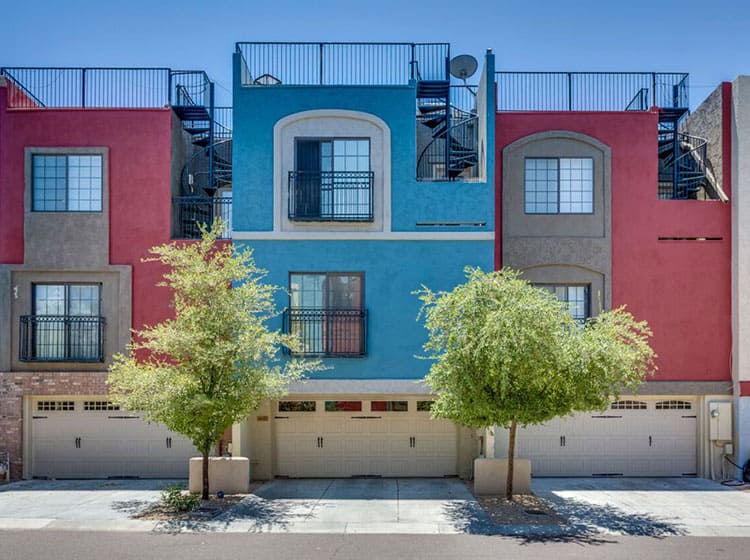Prepare Your Wall Surfaces Correctly For A Perfect Paint Complete
Prepare Your Wall Surfaces Correctly For A Perfect Paint Complete
Blog Article
Post Created By-Fitzsimmons Purcell
Attaining a flawless paint task begins with thorough wall preparation. From completing blemishes to priming surface areas, each action plays a vital function in the last outcome. However what about commercial painter minneapolis and sides that can make or break the total appearance? Stay tuned to uncover skilled tips on exactly how to browse these tough areas with finesse, guaranteeing a seamless finish that will raise your room to new elevations of refinement.
Wall Surface Inspection and Repair
Examining wall surfaces for any type of blemishes and without delay addressing them with necessary repair services is important for achieving a smooth and perfect paint job. Before beginning the painting procedure, meticulously analyze the walls for fractures, openings, dents, or any other damage that can influence the outcome.
Beginning by completing any kind of splits or holes with spackling compound, enabling it to completely dry completely prior to sanding it down to develop a smooth surface area. For larger damages or damaged areas, think about utilizing joint substance to guarantee a smooth repair.
In addition, look for any type of loose paint or wallpaper that may require to be eliminated. Remove any type of peeling paint or old wallpaper, and sand the surface to create an uniform structure.
It's additionally important to inspect for water damage, as this can lead to mold growth and influence the bond of the brand-new paint. Resolve any kind of water discolorations or mildew with the suitable cleansing services before waging the paint procedure.
Cleansing and Surface Area Prep Work
To guarantee an immaculate and well-prepared surface area for painting, the next step involves thoroughly cleaning up and prepping the wall surfaces. Begin by dusting the walls with a microfiber cloth or a duster to remove any loose dirt, cobwebs, or particles.
For more persistent dirt or crud, a remedy of mild detergent and water can be utilized to delicately scrub the walls, adhered to by an extensive rinse with clean water. Pay unique interest to areas near light switches, door manages, and walls, as these often tend to collect even more dirt.
After cleansing, it is necessary to examine the walls for any type of fractures, openings, or flaws. These should be filled with spackling compound and sanded smooth once dry. Fining sand the wall surfaces gently with fine-grit sandpaper will additionally aid create an uniform surface area for paint.
Priming and Insulation
Before paint, the walls must be primed to make certain appropriate bond of the paint and taped to safeguard surrounding surface areas from roaming brushstrokes. Priming serves as an essential action in the painting process, specifically for new drywall or surface areas that have been covered or fixed. It helps secure the wall, developing a smooth and consistent surface area for the paint to adhere to. In addition, guide can improve the resilience and protection of the paint, eventually resulting in a much more specialist and lasting finish.
When it pertains to taping, using painter's tape along trim, ceilings, and various other surfaces you wish to secure is vital to achieve tidy and crisp paint lines. Painter's tape is designed to be easily used and removed without harming the underlying surface area or leaving behind any kind of residue. Put in the time to appropriately tape off locations prior to painting to conserve yourself the inconvenience of touch-ups later on.
Final thought
In conclusion, correctly preparing your wall surfaces before painting is crucial for achieving a flawless finish. By examining for imperfections, cleaning up extensively, keying the surface area, and making use of painter's tape for clean lines, you can guarantee a professional-looking paint task.
Putting in the time to complete these steps will cause a smooth and resilient surface that improves the general look of your room.
